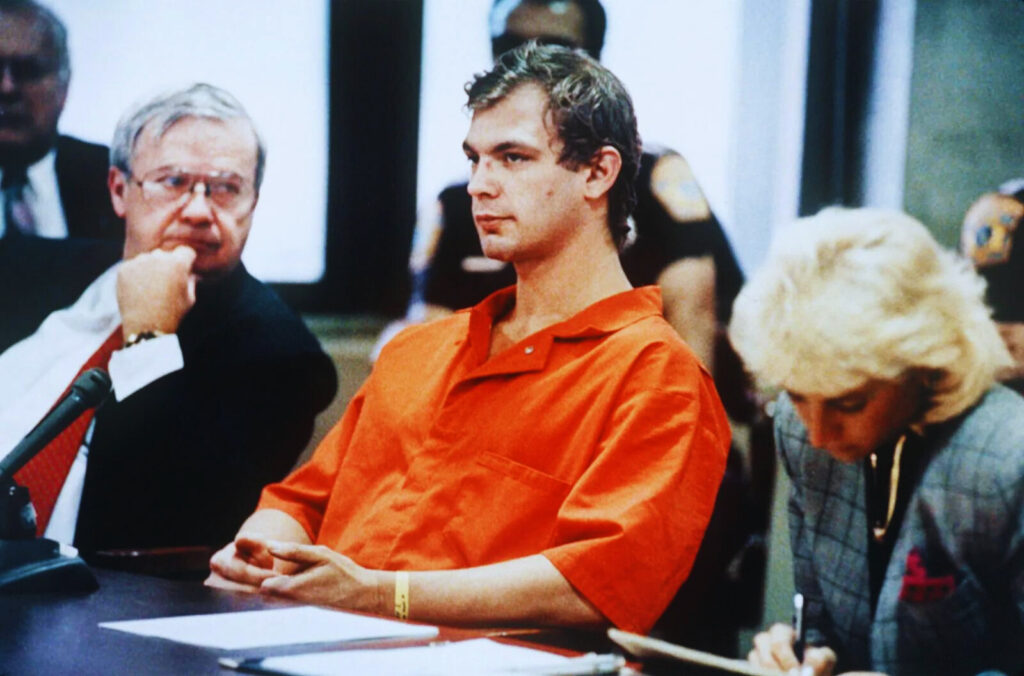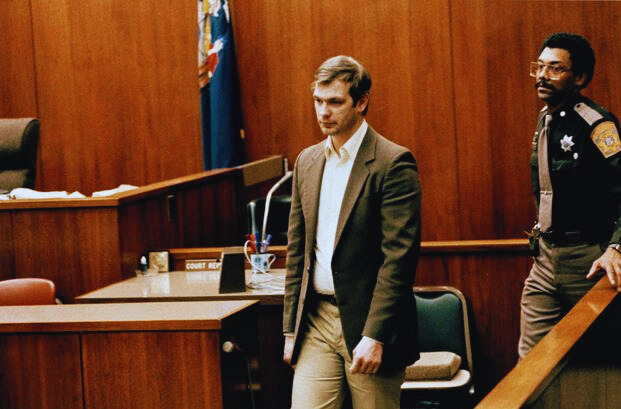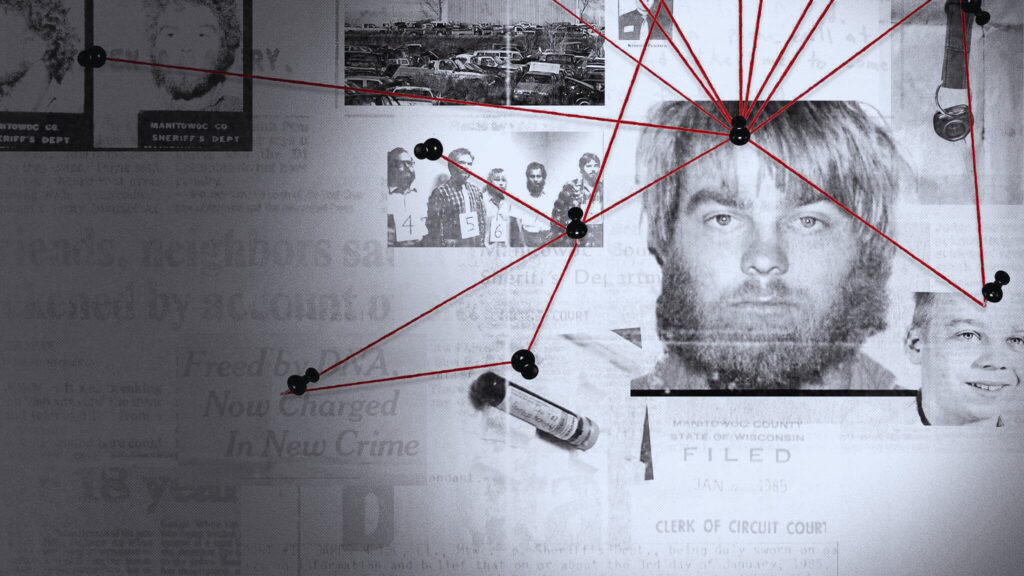Jeffrey Dahmer, a name that sends shivers down the spine of anyone familiar with true crime, was one of the most infamous serial killers in American history. In this comprehensive article, we delve into the dark and haunting details of how Jeffrey Dahmer met his end. From his gruesome crimes to his arrest, trial, and eventual fate, we uncover the mysteries surrounding the demise of this notorious criminal.
How Did Jeffrey Dahmer Die?

In this section, we explore the final moments of Jeffrey Dahmer’s life, shedding light on the events that led to his demise. Understanding the circumstances surrounding his death is crucial to grasping the full extent of his crimes and their impact on society.
The Capture and Arrest
In this section, we delve into the pivotal moment when Jeffrey Dahmer’s reign of terror came to an end. It was a turning point in the investigation, bringing an end to the nightmare he had inflicted upon his victims and their families.
The End of a Reign of Terror
Jeffrey Dahmer’s disturbing crimes, characterized by gruesome acts of violence, murder, and necrophilia, had terrorized the Milwaukee community for years. The culmination of an intensive investigation, combined with the bravery of one of his intended victims, ultimately led to his capture.
The Arrest
On July 22, 1991, Milwaukee police officers descended upon Dahmer’s apartment in response to a harrowing incident. Tracy Edwards, a potential victim who had managed to escape from Dahmer’s clutches, had flagged down the police. Edwards was handcuffed and under the threat of death when the officers arrived.
Upon entering Dahmer’s apartment, the officers made a chilling discovery. They found photographs of dismembered bodies, preserved body parts, and evidence of unspeakable acts of violence. It was a horrifying scene that left seasoned law enforcement officers shocked and appalled.
The Turning Point
Dahmer’s arrest marked a turning point in the investigation and a glimmer of hope for the families of his victims. The police took swift action, and Dahmer was taken into custody, where he would face a long legal battle.
The arrest of Jeffrey Dahmer not only halted his spree of brutality but also opened the door to a thorough investigation into the extent of his crimes. The full scope of his actions would be revealed during his trial, ensuring that justice would be served for his many victims.
Trial and Incarceration

In the aftermath of Jeffrey Dahmer’s arrest, the nation turned its gaze toward the courtroom where the serial killer would face justice for his heinous crimes. The trial of Jeffrey Dahmer was one of the most high-profile criminal cases in American history, shedding light on the darkest corners of the human psyche and the pursuit of justice.
The Trial: Facing the Consequences
Jeffrey Dahmer’s trial commenced on January 30, 1992, in Milwaukee, Wisconsin. The courtroom was filled with tension and anticipation as prosecutors presented a staggering amount of evidence against Dahmer. Disturbing photographs, eyewitness testimonies, and Dahmer’s chilling confessions painted a horrifying picture of his crimes.
During the trial, Dahmer’s defense team attempted to argue that he was suffering from various mental disorders. However, the prosecution countered these claims with compelling evidence of Dahmer’s calculated actions, demonstrating that he was fully aware of the consequences of his deeds.
Life Sentences: Closure for the Victims’ Families
On February 15, 1992, Jeffrey Dahmer was found guilty of 15 counts of murder, later amended to a total of 17 counts. The judge sentenced him to 16 consecutive life terms in prison, ensuring that he would never walk free again. The verdict provided a sense of closure for the families of Dahmer’s victims, knowing that he would be held accountable for his gruesome acts.
Life Behind Bars: Isolation and Infamy
Dahmer began serving his sentence at the Columbia Correctional Institution in Portage, Wisconsin. In prison, he lived a life of isolation, despised and feared by fellow inmates. His notoriety as a serial killer followed him, making him a target among the prison population.
Despite efforts by prison authorities to ensure his safety, Dahmer’s life behind bars was filled with constant threats. His fellow inmates, aware of his monstrous crimes, considered him a pariah even in the harsh environment of prison life.
The Tragic End

In the dim confines of the Columbia Correctional Institution in Portage, Wisconsin, Jeffrey Dahmer met a fate as gruesome and macabre as the crimes he committed. On November 28, 1994, his life came to a violent and tragic end at the hands of a fellow inmate, Christopher Scarver.
The Brutal Assault
On that fateful day, Dahmer, along with another inmate, Jesse Anderson, was assigned to work detail cleaning a bathroom just outside the prison gym. Seizing the opportunity, Scarver, armed with a metal bar from the prison weight room, launched a merciless assault on Dahmer and Anderson. The blows were swift and relentless, leaving both men fatally injured.
The Final Moments
Despite the desperate attempts of prison staff to intervene, Dahmer succumbed to his injuries and was pronounced dead in the hospital an hour later. Anderson met a similar fate, marking a tragic end to both their lives. The incident sent shockwaves through the prison community and beyond, raising questions about the adequacy of security measures within the institution.
The Legacy
Jeffrey Dahmer’s death marked the end of a chapter in American true crime, but his legacy endured. The brutality of his demise served as a chilling reminder of the darkness that can consume even those behind bars. Scarver’s motives for the attack were rooted in his belief that he was on a divine mission to rid the world of these dangerous men. While Scarver’s actions may have brought a form of vigilante justice, they also highlighted the complex and often harrowing realities of the prison system.
The tragic end of Jeffrey Dahmer brought closure to some, fascination to others, and raised difficult questions about the nature of justice, retribution, and the human capacity for violence. It serves as a somber reminder of the depths to which humanity can descend and the importance of continued efforts to understand, prevent, and address such horrors in society.
Conclusion: The End of a Dark Chapter
The demise of Jeffrey Dahmer brought an end to a dark chapter in American criminal history. His heinous crimes and the circumstances surrounding his death continue to fascinate and horrify the public. Understanding the events leading to his demise is essential not only for true crime enthusiasts but also for society as a whole, serving as a reminder of the importance of justice and accountability.
Read also: How Are Photosynthesis and Cellular Respiration Related?
FAQs About Jeffrey Dahmer’s Demise
Q: How did Jeffrey Dahmer die in prison?
Jeffrey Dahmer was killed by a fellow inmate, Christopher Scarver, in a brutal prison assault on November 28, 1994.
Q: Why did Christopher Scarver attack Jeffrey Dahmer?
Christopher Scarver attacked Jeffrey Dahmer and another inmate, Jesse Anderson, claiming he was following a divine order to kill them.
Q: Was Jeffrey Dahmer killed instantly during the attack?
Yes, Jeffrey Dahmer succumbed to his injuries and died in the hospital shortly after the attack by Christopher Scarver.
Q: Were there any security lapses that led to Dahmer’s death?
Investigations revealed lapses in prison security, which allowed Scarver to carry out the fatal attack on Jeffrey Dahmer and Jesse Anderson.
Q: What was the reaction of the public to Dahmer’s death?
The public’s reaction to Jeffrey Dahmer’s death was mixed, with some expressing relief that he was no longer a threat, while others were critical of the prison system’s inability to protect him.
Q: How did Dahmer’s death impact the true crime community?
Dahmer’s death marked the end of an era in true crime, closing the chapter on one of the most notorious serial killers in history and leaving a lasting impact on the genre.




